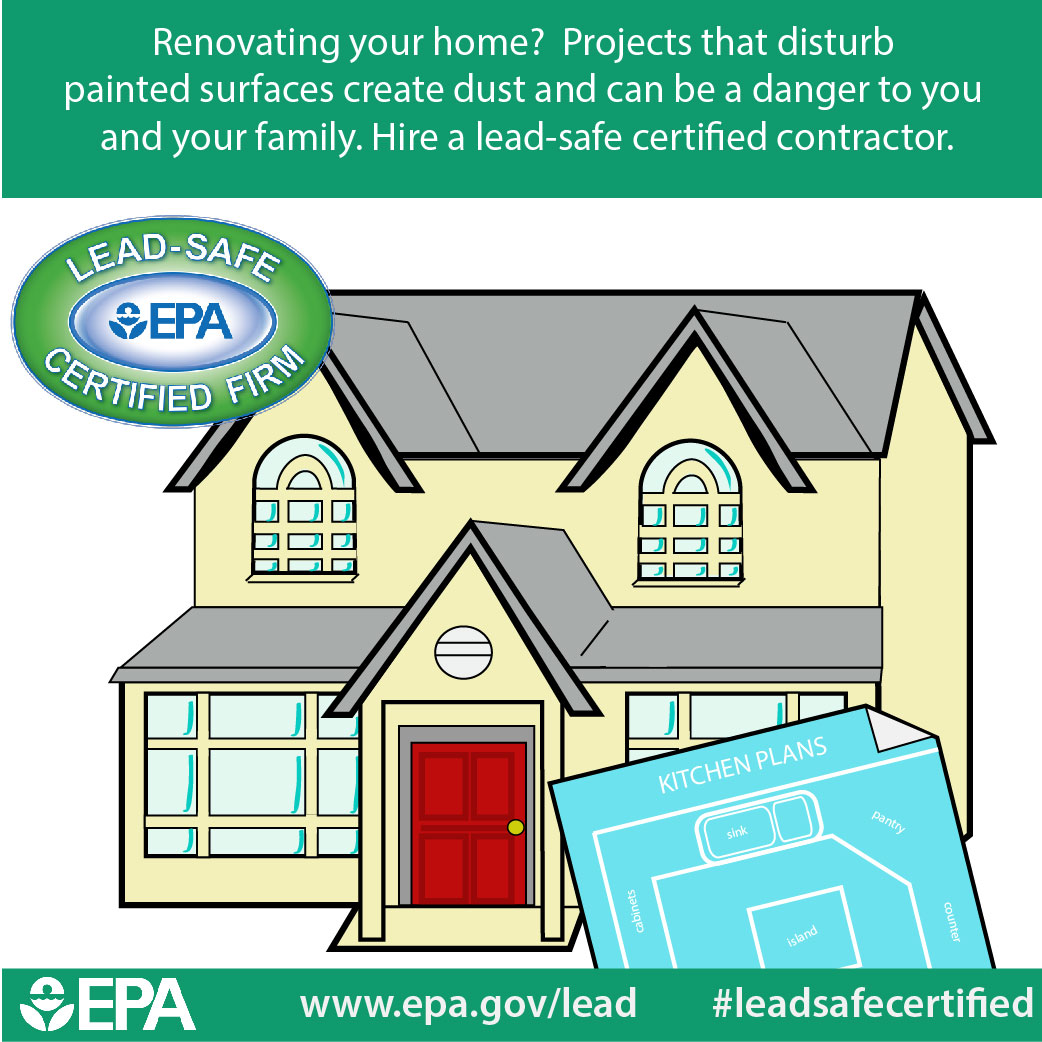Discover Just How Seasonal Impacts Can Influence The Efficiency Of Commercial Outside Paint And Find Out The Most Beneficial Times To Guarantee Resilient Outcomes For Your Project
Discover Just How Seasonal Impacts Can Influence The Efficiency Of Commercial Outside Paint And Find Out The Most Beneficial Times To Guarantee Resilient Outcomes For Your Project
Blog Article
Content Writer-Fox Browne
When you're planning an industrial external paint job, seasonal variables can make or damage your outcomes. You'll want to think about just how temperature level and moisture influence paint application and drying out times. Picking the ideal season can guarantee your paint sticks correctly and lasts longer. Yet which seasons are absolutely the most effective for this kind of work? Let's discover the crucial elements that can influence your project's success.
The Impact of Temperature on Paint Application
When you're intending a business outside painting project, the temperature level can considerably affect exactly how well the paint adheres and dries.
Preferably, you wish to repaint when temperature levels vary in between 50 ° F and 85 ° F. If it's also chilly, the paint might not cure correctly, leading to concerns like peeling off or cracking.
On the other side, if it's as well warm, the paint can dry out as well rapidly, protecting against correct bond and causing an irregular finish.
You need to also take into consideration the time of day; morning or late afternoon provides cooler temperature levels, which can be much more favorable.
Always inspect retail store painting for the particular paint you're making use of, as they typically supply support on the suitable temperature variety for optimal outcomes.
Moisture and Its Result on Drying Times
Temperature level isn't the only ecological element that affects your industrial external painting project; humidity plays a significant role as well. High humidity levels can reduce drying out times dramatically, impacting the general quality of your paint work.
When the air is saturated with moisture, the paint takes longer to cure, which can lead to concerns like bad attachment and a greater threat of mildew growth. If you're painting on a particularly damp day, be gotten ready for extensive delay times between coats.
It's vital to keep track of neighborhood climate condition and plan appropriately. Preferably, go for moisture degrees between 40% and 70% for ideal drying.
Maintaining these factors in mind guarantees your job stays on track and delivers a lasting surface.
Best Seasons for Commercial Exterior Paint Projects
What's the very best time of year for your industrial exterior painting projects?
commercial building painting and very early autumn are generally your best choices. Throughout these periods, temperature levels are mild, and moisture levels are frequently reduced, developing optimal problems for paint application and drying out.
Stay clear of summer season's intense heat, which can create paint to completely dry as well quickly, causing poor adhesion and surface. Similarly, winter's cool temperature levels can hinder appropriate drying and curing, risking the longevity of your paint task.
Aim for days with temperature levels in between 50 ° F and 85 ° F for optimum outcomes. Remember to check the regional weather report for rainfall, as wet conditions can destroy your project.
Preparation around these aspects ensures your painting job runs smoothly and lasts much longer.
Conclusion
In conclusion, planning your commercial outside painting tasks around seasonal factors to consider can make a substantial distinction in the end result. By scheduling work throughout the ideal temperatures and moisture levels, you'll guarantee better attachment and drying times. Bear in mind to watch on local weather forecasts and choose the right time of year-- spring and very early loss are your best bets. Taking these steps will certainly assist you accomplish a durable and expert surface that lasts.
